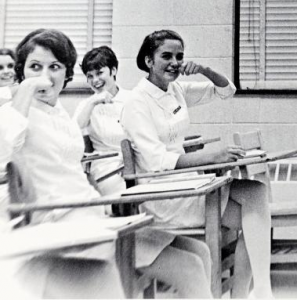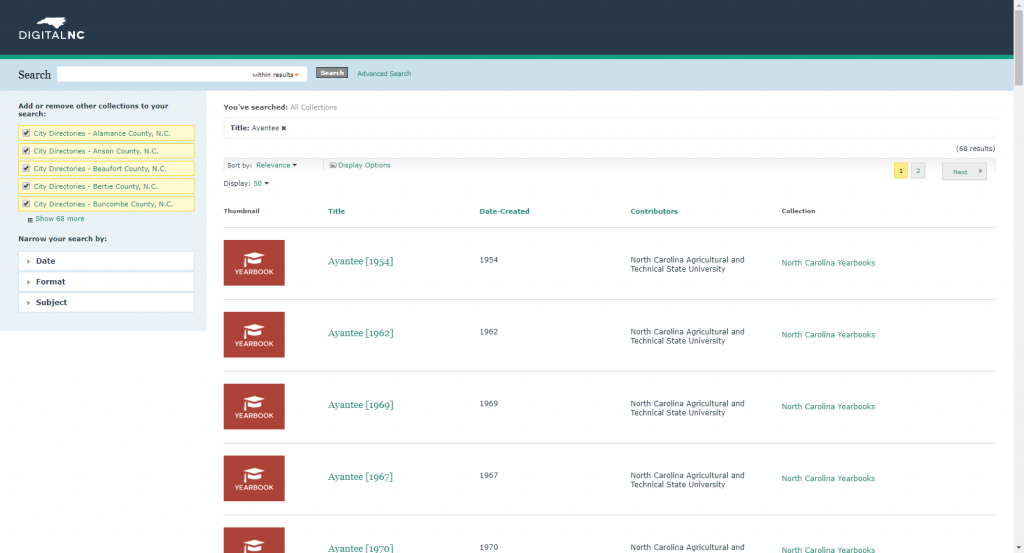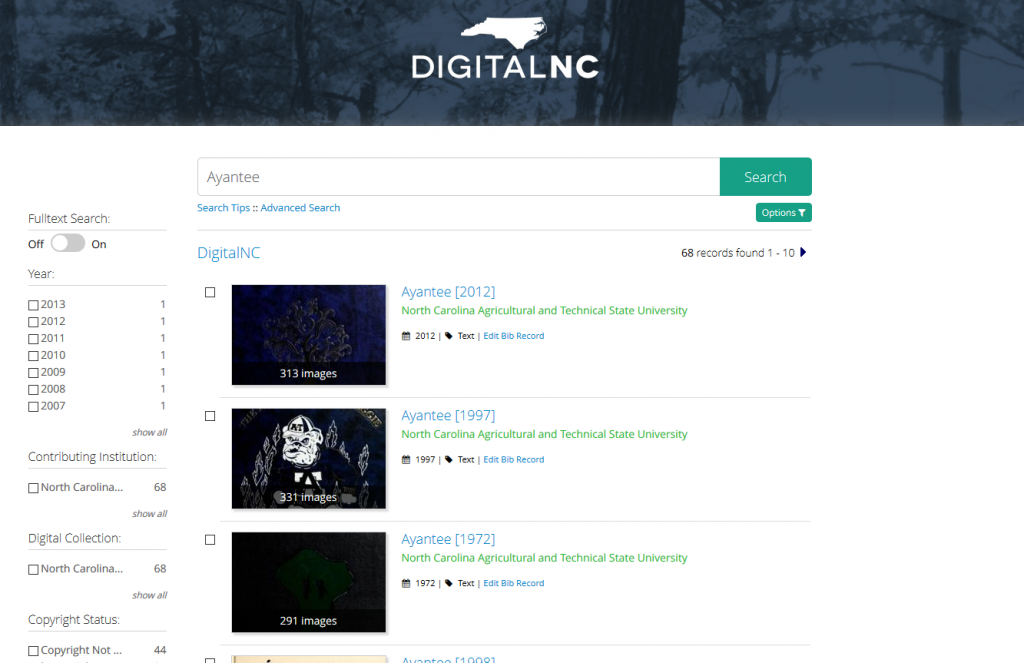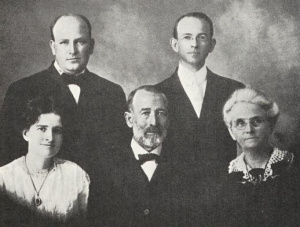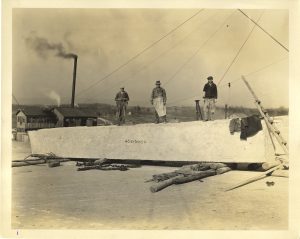
Workers atop a large piece of granite at the North Carolina Granite Corporation
A new batch of over 150 photos from the Mount Airy Museum of Regional History is now online at DigitalNC. The photos document the operations of the North Carolina Granite Corporation of Mount Airy, NC roughly between 1900 and 1970. The NCGC, which operates what has been recognized as the largest open-faced granite quarry in the world, was founded over 125 years ago. Most of the photos originate in the period during which John Davis Sargent served as the superintendent and later president of the company (1910-1945). He is present in many of the depicted scenes.
The newly digitized images fall into four major categories: quarry operations, aerial views, quarry personnel, and building projects. Perhaps the most striking of the four are the aerial photos, which give one a sense of the scale of operations at the NCGC.
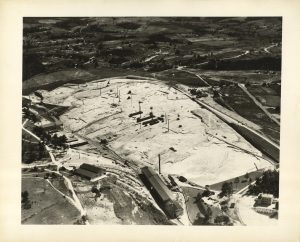
Aerial view of the North Carolina Granite Corporation, circa 1915-1945
The personnel and operations photographs are fascinating as well, for they allow one a glimpse into the backbreaking and dusty world of stonework during early 20th century.
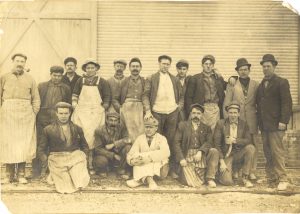
Quarry workers at the North Carolina Granite Corporation
The NCGC constituted an important source of white granite in the Eastern US throughout the 20th century and the stone produced at the Mount Airy quarry can be seen in countless buildings and monuments in the area. Some prominent examples include Wright Brothers National Memorial at Kill Devil Hills, NC (pictured below), the United States Bullion Depository at Fort Knox, Kentucky, and the Arlington Memorial Bridge, which bridges the Potomac River between Washington, DC and Arlington, Virginia. Many houses, churches, monuments, and municipal buildings across North Carolina also feature Mount Airy granite, photos of which constitute a major portion of those now online at DigitalNC.
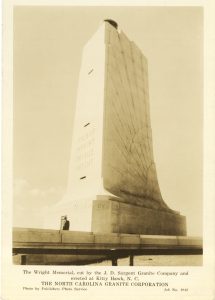
The Wright Brothers National Memorial at Kill Devil Hills, N.C.
For more information, please see the Mount Airy Museum of Regional History website or visit their contributor page here at DigitalNC.
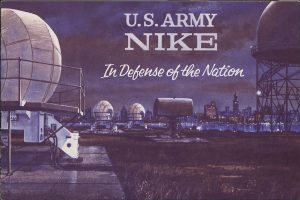
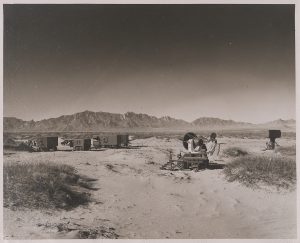

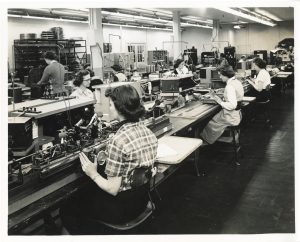
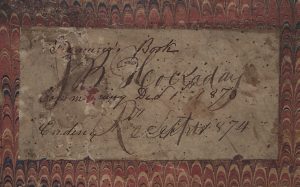

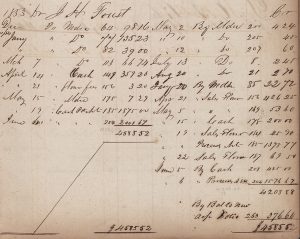

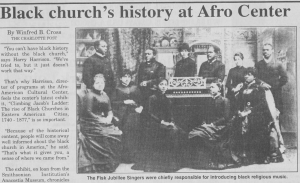
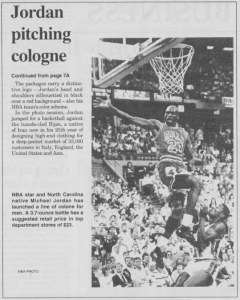
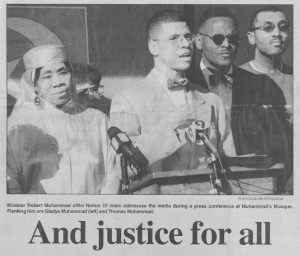

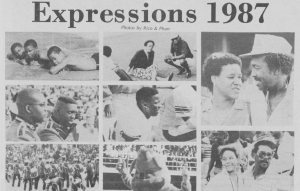
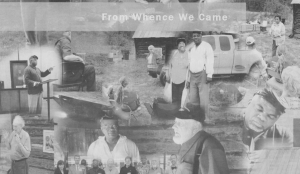
![Five women seated on a float that says "A growing flame in the Charlotte Communi[ty]"](https://www.digitalnc.org/wp-content/uploads/2018/11/CPCCEcho1963-1024x917.png)
